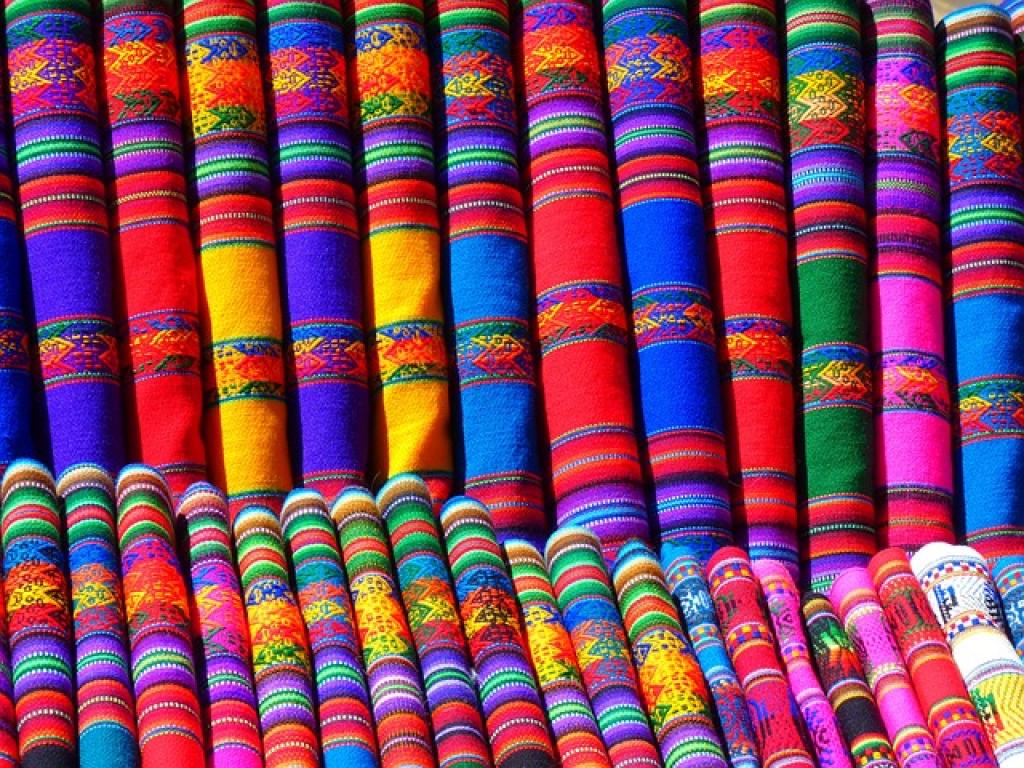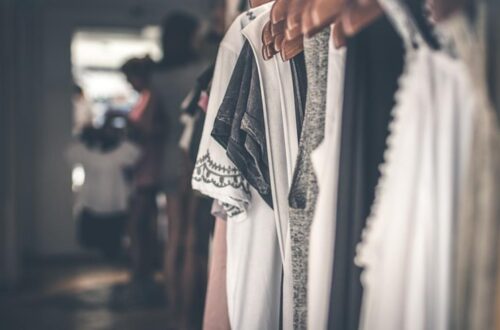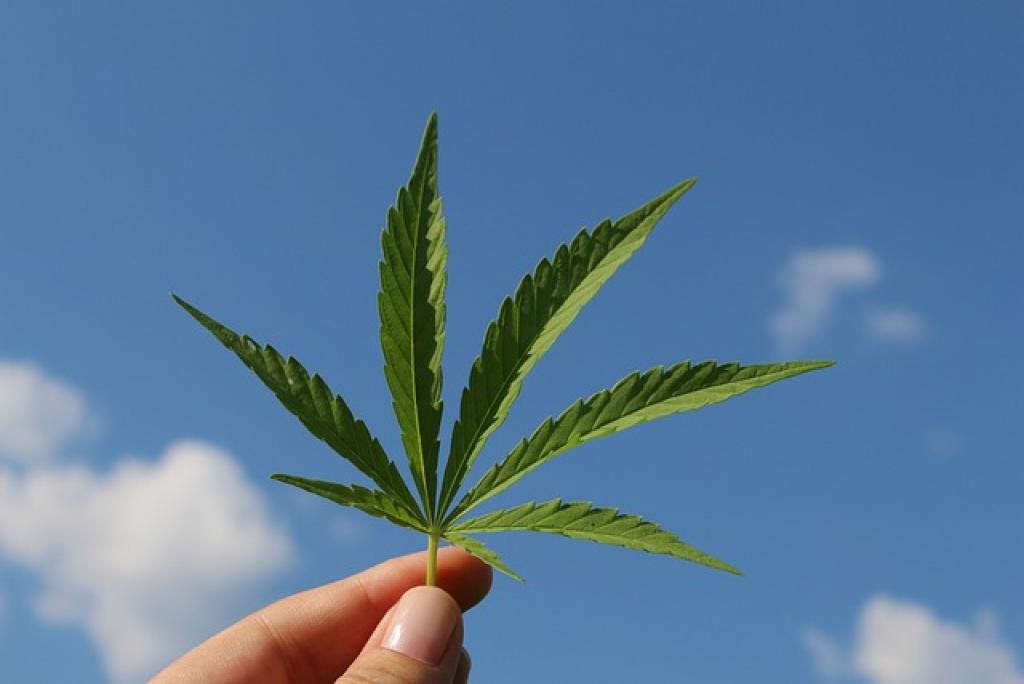Eco-friendly fashion is more than just a trend; it’s a movement toward a healthier planet. One material taking center stage in this green revolution is hemp fabric.
Why hemp? Not only is it durable and versatile, but it also has a significantly lower environmental impact compared to traditional textiles. From requiring less water and pesticides to improving soil health, hemp checks all the boxes for sustainability.
Plus, fashion made from hemp is as stylish as it is eco-friendly. Whether you’re donning a chic dress or a comfortable t-shirt, hemp offers a range of textures and looks that can elevate any wardrobe.
Ready to dive into the world of hemp fabrics? Let’s explore how this sustainable choice is reshaping the future of fashion.
Hemp Fabric: What Makes It a Sustainable Choice?
First off, growing hemp is incredibly kind to Mother Earth. It thrives naturally with minimal water and can often grow without the need for harmful pesticides or herbicides. This drastically reduces its environmental footprint compared to cotton and other traditional fabrics.
Additionally, hemp is a robust plant. Its deep roots help to break up the soil, making it healthier and more fertile for future crops. Essentially, hemp supports better farming practices, which is a win-win for the planet.
Another major plus is that hemp fabric is biodegradable. When its life cycle ends, it won’t sit in a landfill for centuries; it naturally returns to the earth. This characteristic aligns perfectly with the principles of a circular economy.
Versatility and Durability
Hemp fabric isn’t just eco-friendly; it’s also incredibly strong and long-lasting. Clothing made from hemp often outlasts pieces made from other materials, meaning less waste over time. How great is that?
Lastly, hemp’s versatility is unmatched. It can blend seamlessly with other fibers to create a variety of textures and finishes. From silky soft to ruggedly durable, hemp can do it all, making it a top choice for eco-conscious fashionistas.
The Benefits of Choosing Hemp Fabrics for Eco-Friendly Fashion
Choosing hemp fabrics goes beyond just being kind to the planet; it also offers a variety of other benefits that make it an excellent choice for your wardrobe.
Comfort and Style
For starters, hemp fabric is incredibly comfortable. It gets softer with each wash, wrapping you in a cozy hug every time you wear it. Plus, hemp naturally wicks moisture away from your skin, keeping you dry and fresh even on the hottest days.
Hemp fabrics are also incredibly versatile when it comes to style. The variety of textures and finishes that hemp can achieve means you’ll never have to sacrifice fashion for sustainability. Whether you’re aiming for a relaxed, casual look or something more polished, hemp has got you covered.
Health Benefits
One often overlooked aspect is that hemp fabric is hypoallergenic. If you have sensitive skin or are prone to allergies, hemp can offer some much-needed relief. Its natural fibers are less irritating than synthetic materials, which means you can wear it all day without any discomfort.
Not only that, but, hemp has natural antibacterial properties. This means that it doesn’t hold onto odors the way some other fabrics might, keeping your clothes fresher for longer. Say goodbye to musty smells and hello to freshness!
Switching to hemp fabrics is not just a trend; it’s a thoughtful choice for a sustainable lifestyle. So, the next time you’re on the hunt for new clothes, give hemp a try – your closet and the planet will thank you!
How Hemp Fabrics Are Revolutionizing the Fashion Industry
The fashion industry has always been a dynamic and ever-evolving space. But in recent years, the growing emphasis on sustainability has pushed materials like hemp into the spotlight, and it’s changing the game in some pretty exciting ways.
Eco-Friendly Production
Hemp’s environmental impact is a massive game-changer. Unlike conventional fabrics that rely heavily on water and pesticides, hemp grows quickly with minimal water and without the need for harmful chemicals. This makes it a sustainable crop that leaves a smaller carbon footprint.
The sustainable production process of hemp is catching the eyes of designers and brands alike. Giants in the fashion world are beginning to recognize the potential of hemp, incorporating it into everything from everyday basics to high-fashion couture. It’s a testament to hemp’s versatility and its appeal to eco-conscious consumers.
Durability and Longevity
One of the most revolutionary aspects of hemp fabrics is their durability. Hemp fibers are exceptionally strong, which means that garments made from hemp last longer than those made from other materials. This durability is appealing to both consumers and designers looking to create timeless pieces.
Imagine owning a pair of jeans that doesn’t wear out after a season or two. With hemp, that’s entirely possible. It means less waste and fewer resources spent on constantly replacing worn-out clothes.
Hemp materials also have the added benefit of being biodegradable. So, when their lifecycle does eventually come to an end, they won’t be sitting in a landfill for eternity, unlike synthetic fabrics.
Innovation in Textile Technology
Hemp’s presence in the fashion industry is also driving innovation in textile technology. Researchers and manufacturers are continually finding new ways to refine and improve hemp textiles, making them even softer, more versatile, and easier to work with.
These advancements are encouraging more designers to experiment with hemp, breaking away from traditional fabrics and pushing the boundaries of what sustainable fashion can be.
In short, hemp fabrics are more than just a sustainable option; they are revolutionizing the fashion industry in ways that benefit everyone involved—from the environment to the end consumer.

Tips for Sourcing and Using Hemp Fabrics in Your Fashion Designs
Feeling inspired to incorporate hemp into your fashion designs? You’re not alone! Here are some handy tips to help you get started with sourcing and using hemp fabrics.
Finding Reliable Suppliers
One of the first steps is to find reliable suppliers. Look for vendors who specialize in sustainable and ethical fabrics. Check for certifications or endorsements that guarantee their products meet environmental standards.
Networking within eco-conscious fashion communities can also point you in the right direction. Attend tradeshows or join online forums to connect with other designers and suppliers who share your commitment to sustainability.
Experiment with Blends
Hemp on its own is fantastic, but it can also be blended with other materials. Consider experimenting with blends like hemp-cotton or hemp-silk. These combinations can open up a whole new world of textures and qualities, making your designs stand out.
Blends can also help you tailor the feel and functionality of the fabric to the specific requirements of your project. Want something softer? Try a hemp-organic cotton blend.
Consider Fabric Weights
Hemp fabrics come in various weights, from lightweight for easy-breezy summer dresses to heftier weights perfect for durable outerwear. Selecting the right weight can make a big difference in how your garments look and feel.
Pay attention to the weight and weave of the fabric based on what you’re designing. Lightweight hemp is great for flowy, everyday pieces, while heavier hemp works wonders for structured garments.
Pre-Washing is Key
Before you start cutting and sewing, it’s a good idea to pre-wash your hemp fabric. Hemp can shrink after the first wash, and pre-washing helps to ensure that your final product retains its shape and size.
Wash the fabric as you would the finished garment—typically in cool water with a gentle detergent. This process is especially important if you’re planning to sell your designs, as it ensures a more consistent and professional finish.
Natural Dyeing Options
If you’re looking to add some color to your hemp fabrics, consider natural dyes. These dyes complement the eco-friendly nature of hemp and can produce beautiful, earthy tones.
From indigo blues to turmeric yellows, there’s a whole spectrum to explore. Natural dyeing can also be a fun experiment, adding a unique touch to your designs.
By following these tips, you’ll be well on your way to seamlessly integrating hemp fabrics into your fashion creations. Happy designing!
Conclusion: Embracing Hemp Fabrics for a Greener Future
In a world increasingly aware of environmental issues, embracing hemp fabrics is a meaningful step toward sustainable fashion. Hemp offers versatility, durability, and a lower environmental impact compared to conventional materials. It’s a win-win for both designers and the planet.
By understanding where to source high-quality hemp, exploring fabric blends, considering fabric weights, and utilizing natural dyes, you can create beautiful, eco-friendly garments. Each of these steps contributes to not only creating stunning designs but also promoting a greener, more sustainable fashion industry.
Importantly, the shift to hemp is more than just a trend; it’s part of a larger movement towards responsible consumption and production. With every hemp garment designed, you’re playing a role in reducing carbon footprints, conserving water, and minimizing harmful waste.
Keep in mind that the use of hemp in fashion opens up endless creative possibilities. The fabric’s unique qualities allow for innovation and expression, encouraging designers to push boundaries while staying true to sustainable principles.
So, whether you’re an established designer or just starting out, now is the perfect time to integrate hemp into your creations. Not only will it help differentiate your designs, but it also aligns with the growing demand for eco-friendly products.
In conclusion, embracing hemp fabrics is a step toward a more sustainable and innovative fashion future. By making informed choices and adopting eco-conscious practices, we can collectively make a significant impact. Let’s work together to create fashion that not only looks good but also feels good for the planet.




